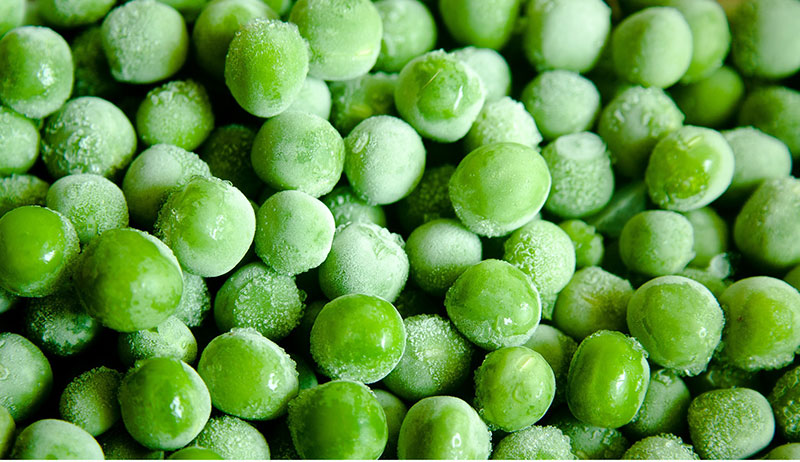
Winter is a difficult time for humans and chickens alike. When the temperatures drop below freezing—or below zero, as parts of the U.S. recently experienced—everyone goes outside as little as possible. Fortunately for us, we can hunker down in our homes and entertain ourselves with our TVs and smartphones. Our flocks, however, don’t have as many options. They can eat, drink, sleep and huddle together. Worse, our birds can get so bored that they start feather-picking and pecking at each other. Avoid cannibalism and injury amongst your chooks by offering them one or more of these tasty and entertaining treats.
1. Suet Cakes

You can find these high-fat, high-protein goodies in the wild-bird section of most supermarkets and feed stores. Consisting of beef suet studded with corn, mealworms, seeds and grains, suet cakes are typically purchased to help migratory birds through the winter in your yard, but they certainly can help the bigger chickens that live in your yard year round. Cut a cake into halves or quarters, then place the pieces in different spots inside the coop. This way, the cakes don’t get overcrowded and your girls can contentedly nibble all day. You can also make your own suet cakes by rendering beef suet (available from your market’s meat department), then stirring in your choice of seeds and other crunchy treats; use washed-out yogurt cups or deli tubs to mold your cakes.
2. Stale Rolls with Peanut Butter

It’s common to come across dinner and sandwich rolls we forgot about, tucked in the back of our refrigerators and bread boxes and becoming hard as rocks. While they might be deemed inedible for us, our beaked buddies outside will happily peck into these. Make the rolls even more of a treat by spreading them with peanut butter, then rolling them in sunflower hearts or wheat berries. Make sure you have at least two rolls, because your birds will flock (heh) to these goodies.
3. Frozen Peas or Corn

I learned about offering frozen peas or corn from a friend, who’d heard it from another friend, who undoubtedly heard it from someone farther along the poultry grapevine. This was new to me, so I contacted Michigan State University poultry nutrition specialist Zac Williams, who holds a doctorate degree. Williams commented that there was nothing written contraindicating offering these foods. “It’s … a fringe practice, maybe only a handful of farmers are doing it,” he noted. My guess? Chickens’ body heat or the heat released by deep litter thaws out the frozen vegetables. Instead of providing your flock with an entire bowl of frozen peas or corn, scatter the tidbits throughout the coop. This way, the birds can spend hours hunting and scratching for their treats as the bits slowly warm up.
4. Cabbage

I never fail to be entertained by the antics of my flocks tearing into heads of cabbage. With limited room inside a coop for weather-bound chickens to chase after each other, snatching greens from each other’s beaks, I instead quarter green cabbage heads and distribute these smaller sections to my flocks. Another option: If your coop features rafters or has a ceiling hook, hang a small head of cabbage for your girls to peck. The swinging-piñata action of the cabbage head helps keep your chickens even more active as they resolutely dodge and peck the afternoon away.
5. Seeded Mash

Offering chickens a hot mash on a cold winter morning is something of a tradition. Chicken-keepers in the northern reaches have given their girls hot oatmeal, Cream of Wheat and even just layer rations smashed into a gruel with hot water. I can attest that my birds absolutely adore hot oatmeal, and they come running when they see one of us with a pot and ladle. If you choose to offer a hot mash to your flocks, make certain that it is warm, rather than hot, to avoid burned tongues and toes. Your mash should be somewhat soupy, but avoid making it too watery or it will soak right into your coop’s litter instead of staying on top where the birds can eat it. Add more body and nutrition to your mash by adding sunflower kernels, safflower seeds, dried mealworms and other morsels.

Remember that these treats are not meant to take the place of your flock’s regular food but are simply a nutritious way to keep your birds active while they stay inside their coops during the bitter cold. Williams’ advice: “Feed your flock a complete mixed ration and just feed extra in the evening. This will keep the digestive tract working through the night, and their metabolism will help keep them warm.”




